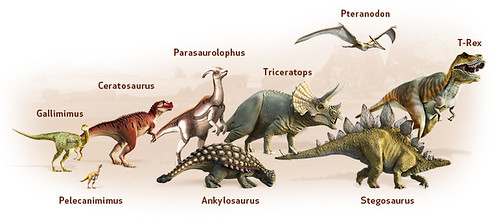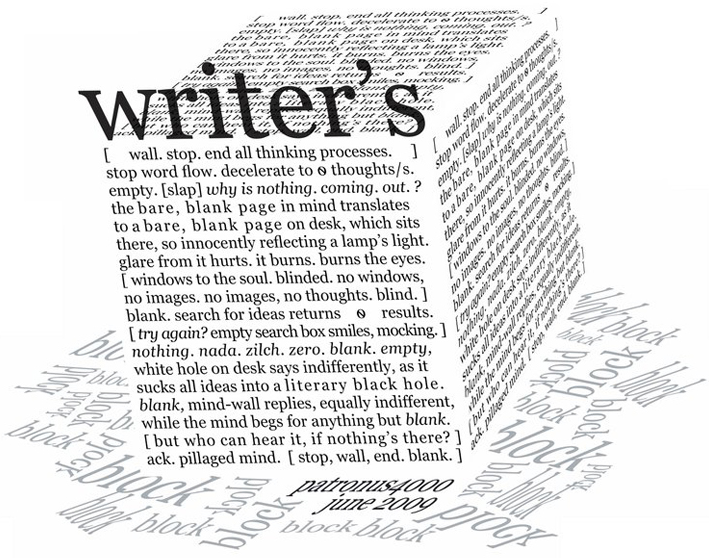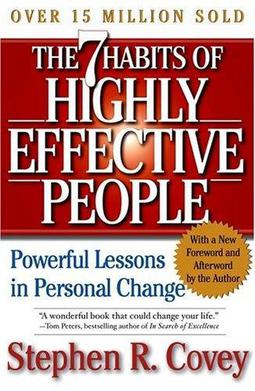I love the idea of the 18th- and 19th-century "Naturalist," the educated gentlemen (and gentlewomen!) who spent their days on long walks, observing nature. I realize I'm romanticizing this (I mean, really, all they had to do all day was wander around?), but I still think it's important to pass on that enjoyment of observing the natural world to our students today.
There are some great websites and tools out there to help. One that I've used with my students is Project Noah, which according to their website is "a tool to explore and document wildlife and a platform to harness the power of citizen scientists everywhere." I love their extensive area for educators, which includes lesson plans as well as places to start your own exploring "missions."
Another favorite is Journey North, a website that brings together citizen scientists to study migrations worldwide. At the risk of sounding too nerdy ('cause y'all haven't figured that out already!), I myself have been uploading my own sightings of monarch butterflies and caterpillars this spring.
If you're looking for a fabulous book study for your kids, which combines history, nature and gender equality issues, I would suggest "The Evolution of Calpurnia Tate." This young lady learns a lot from her naturalist grandfather, including a passion for science that clashes with her Victorian upbringing.
If you have any suggestions of your own, please leave them in comments below! And don't forget to keep an eye out during your next walk -- who knows what you'll find!


































